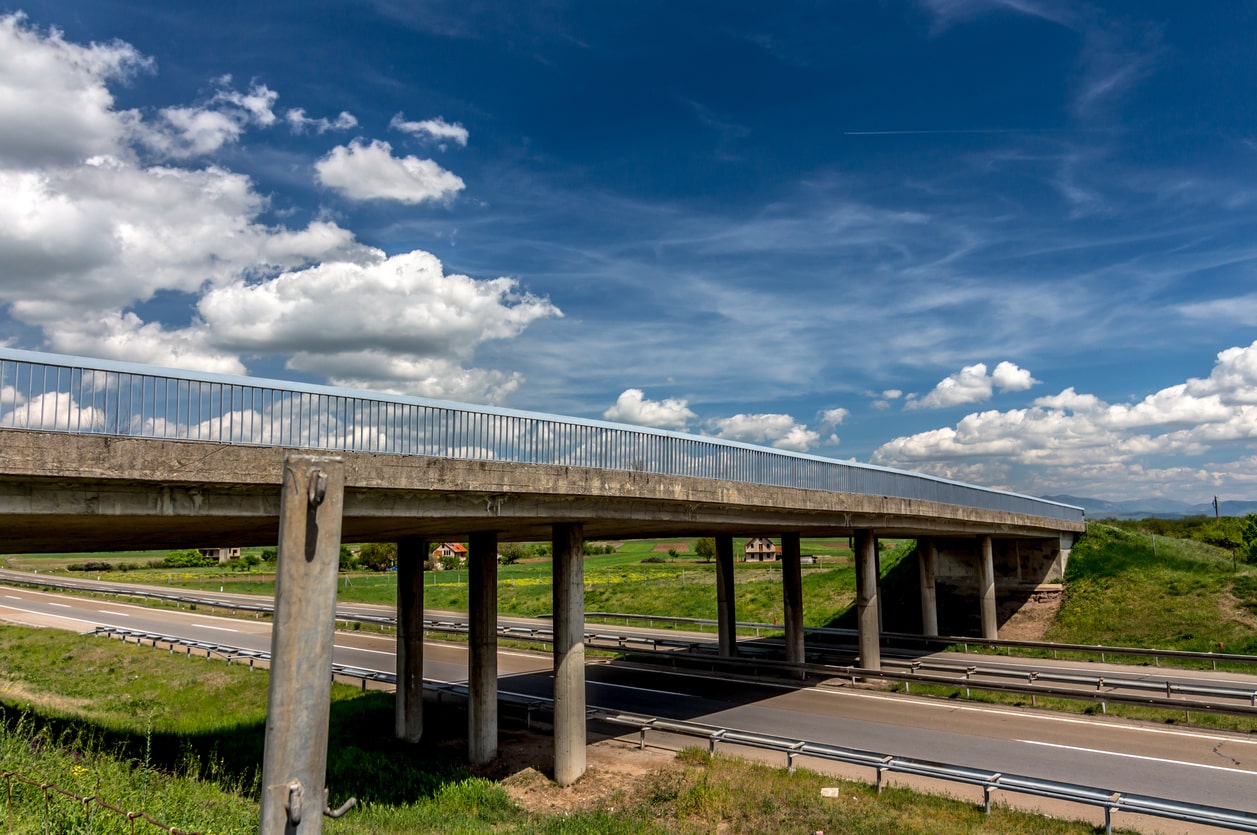
It has a reputation as “Toronto the Good.” But for victims of slip and falls and other preventable accidents involving municipal property, it’s more likely to be considered “Toronto the Good at Avoiding Its Responsibility Until It’s Too Late.” Canada’s largest municipality has a serious problem when it comes to maintaining safe infrastructure. Unfortunately, due to the city’s high insurance deductible, this means the city is not only putting its residents and visitors in harm’s way, it’s also making them pay for its own negligence through revenue from the taxes it collects.
In this blog post, I look at two areas where the City of Toronto is well aware of its risk of liability, but neglecting its responsibility of care: slip and falls and falling concrete from bridges.
Slip and Falls On Municipal Property
All municipalities in Ontario are governed by the Municipal Act, 2001. Under Section 44(1) of the Act, where a municipality has jurisdiction over a highway or bridge, it must keep that highway or bridge in a state of repair that is reasonable in the circumstances. Section 44(2) states that if a municipality fails to keep a highway or bridge in a reasonable state of repair and such failure causes a slip-and-fall accident, then the municipality is liable for the resulting damages.
However, Section 44(9) of the Municipal Act states that where a slip-and-fall accident occurs on a municipal sidewalk, a municipality is not responsible for any personal injury resulting from snow or ice on the sidewalk unless the municipality has been “grossly negligent” in its duty to maintain the sidewalk in a reasonable state of repair. Although the standard is applied on a case-by-case basis, it essentially means that in order to be found liable, a municipality must act unreasonably in the face of fairly apparent hazards.
The courts have found municipal negligence includes:
- allowing a layer of ice to remain on a sidewalk for two or three days
- allowing heavily travelled sidewalks to remain covered with ice or snow for a period of time
- knowingly allowing thaws, rain, and subsequent refreezing to cause icy conditions and not taking action in a reasonable amount of time
- having no policy or a policy not to ensure the safety of its citizens from ice and snow on a sidewalk
This threshold makes defense easier if a city’s sidewalks are generally well-maintained, but Toronto’s policy of not plowing 2,000 kilometres of central Toronto sidewalks and laneways (it passed a by-law requiring homeowners to clean adjacent sidewalks of snow and ice) means that in much of the city’s core it’s clearly acting in an unreasonably negligent manner.
During particularly snowy and icy winters, anecdotal evidence from hospitals, insurance providers and personal injury lawyers suggests the number of injuries sustained can be surprisingly large. But the city does not detail just how great a problem it is: releasing only general liability figures in its transportation service division and not itemizing the amount spent on slip and falls.
Municipalities in Ontario, unlike private property owners, also have a shorter 10-day notice period when claims must submitted in writing and sent by registered mail to the municipal clerk. Although there are exceptions to this notice rule, the system certainly favours the municipality and allows them to shirk their responsibility.
Falling Concrete
While the city’s lax maintenance of sidewalks and laneways, especially in the city core, make watching your step a good idea, aging bridge infrastructure and a mounting backlog of repairs mean you’ll also want to look up to see what kinds of hazards might appear out of the sky.
Over the past five years there have been a staggering 21 confirmed reports of falling concrete from the Gardiner, and an additional 64 unconfirmed reports. Media attention from a spate of incidents in 2012 shamed the city into beginning a controlled chipping program in attempt to minimize risk, but a full rehabilitation of the Gardiner is years away.
Toronto Mayor John Tory recently held up a piece of concrete that was chipped away from the Gardiner and cited the program as part of the city’s “old way” of thinking – stop gap and reactive solutions introduced while city councilors endlessly debated infrastructure spending instead of pre-emptive work to fix the problem before it reached this state.
While repeated incidents from the Gardiner have generated much media attention during the past several years, reports of concrete falling from other city-maintained bridges are also starting to draw more public attention to the issue and the general pattern of the city trying to play catch up while hoping a tragedy won’t strike before it does.
Unfortunately, tragedy did strike recently for one of my clients. The man was walking under the bridge at Scarlett Road and Dundas when he was struck in the head with a falling piece of concrete. The injury has left my client with a significant head injury and probable permanent brain damage. Any change in the city’s approach to dealing with these issues is too little, too late for him.
What can be done?
Sadly, the backlog of repairs to old infrastructure means that more of these types of preventable accidents are likely to occur before city-owned property and assets are maintained to the standard residents and visitors expect and deserve. And Toronto is certainly not alone among municipalities in this respect.
While you should always exercise caution and attempt to avoid hazards if you are aware of any, sometimes you won’t be aware of hazards due to the negligence of others, or can’t avoid them. If you do sustain an injury on municipal property, seek immediate medical treatment, try to take photos of the scene and/or write down details of the incident, and be aware that time may be of the essence when filing a claim.
If you haven’t been injured, perhaps you might take a moment to contact your city councilor or mayor to encourage them to make municipal property maintenance and proactive safety initiatives a priority.
For more information, please contact personal injury lawyer James R. Howie at jrhowie@hshlawyers.com or 416-361-3551.






